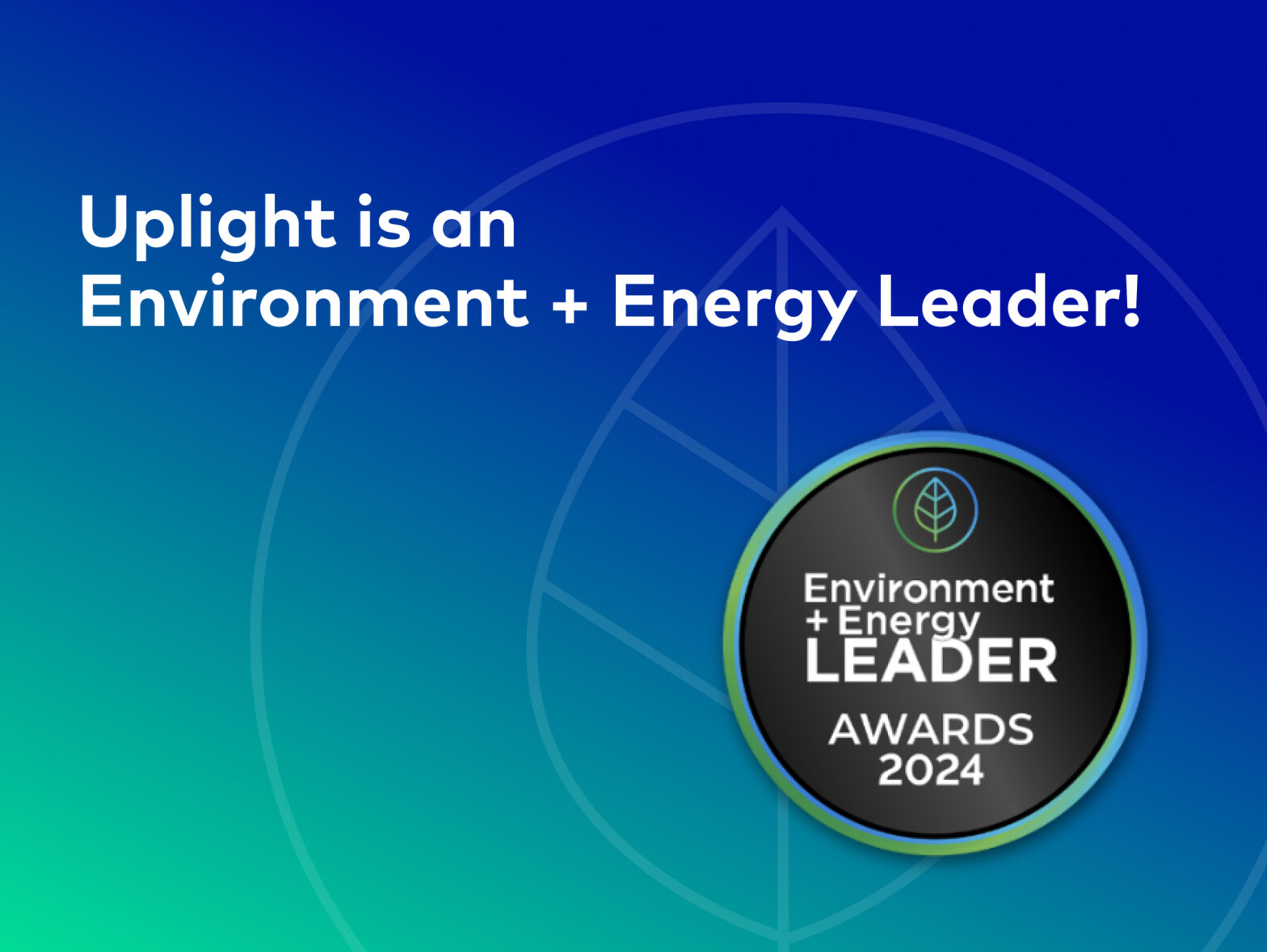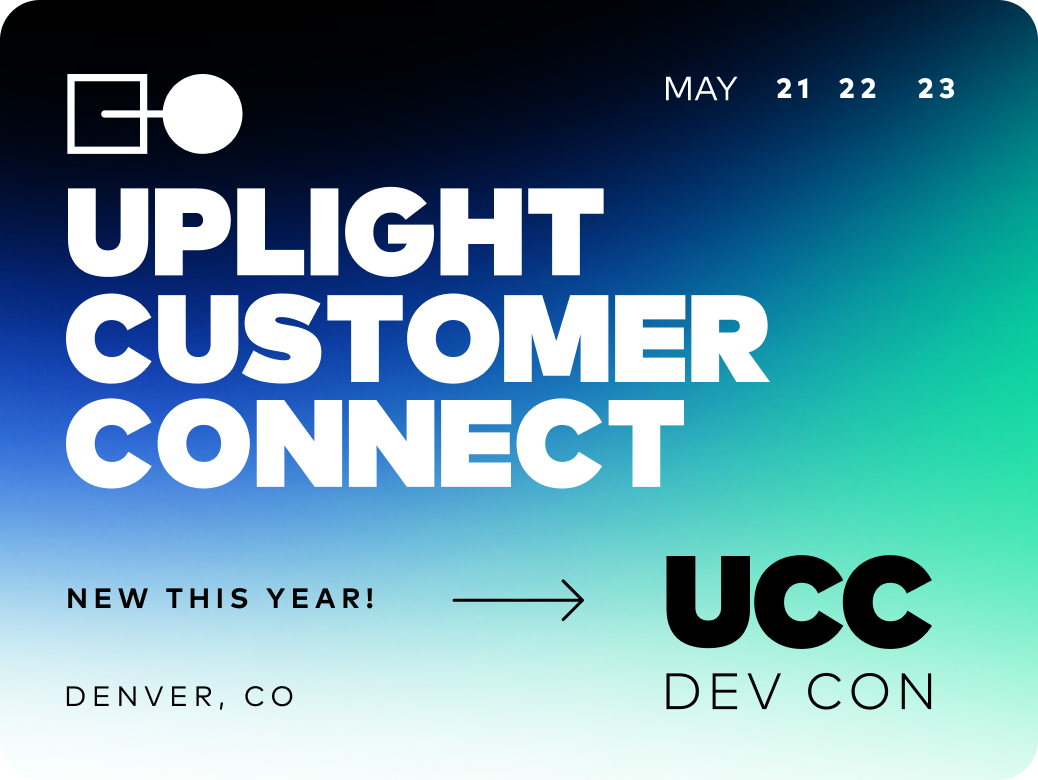A large part of Uplight’s objective to create a more sustainable future includes helping create sustainable communities–which means not only reducing our environmental footprint, but also making energy affordable and accessible to everyone. And a big problem is the simple fact that many people can’t afford energy.
According to the Environmental Defense Fund (EDF), 27 percent of U.S. households have incomes below twice the federal poverty level—$49,200 for a family of four. A larger number of households may be energy-burdened based on the proportion of their income that they spend on electric, natural gas, and other utility bills. High energy costs can lead households to use expensive short-term credit, contribute to disconnections and evictions, and drive people to heat their homes in unsafe ways (ACEEE, NAACP, TURN).
Utility commissions in states like Pennsylvania and Washington have been working to define energy burden so that they can marshal resources to enhance affordability for low- and moderate-income (LMI) customers. Energy efficiency is an important tool to reduce and stabilize bills for LMI customers, while having beneficial side effects of increasing home comfort and safety by reducing the likelihood of mold and other environmental issues. A recent report by our colleagues at ACEEE describes how utilities and other service providers are rethinking how programs work to reduce barriers, such as by pairing energy efficiency upgrades with health and safety improvements in housing. Yet significant barriers remain, among them upfront costs, lack of financing, renter limitations, language barriers, and lack of trust.
Uplight currently provides several solutions that help utilities engage income-qualified customers to make participation in energy programs more equitable by reducing cost barriers, easing enrollment, and providing energy management tools–all with the aim of engaging, activating, and orchestrating customers to take energy actions:
- Engage: Consistent, constructive communication is necessary to build trust with customers. With our California utility partners, we’ve been leveraging our disaggregation capabilities to identify and engage customers around the best ways that low-income customers can save money through rates, programs, and tips (see Uplight’s recent presentation to the California Public Utilities Commission). We can also provide contractors for income-qualified programs with more detailed information about a customer’s home, including previously installed measures, to ensure a more successful and educational home visit.
- Activate: Tailored recommendations and streamlined enrollment processes make it easier for LMI customers to utilize these utility resources. We’ve helped utility partners engage LMI customers with additional discounts on energy-saving products like smart thermostats and delivered them through a utility-sponsored marketplace, so customers can get them easily and affordably. Uplight also helps utility partners scale weatherization programs through workflow automation software. By making it easier and faster for contractors implementing energy-saving measures to complete program requirements, utilities are able to deliver greater energy efficiency and home comfort to LMI customers.
- Orchestrate: Once customers have information and easy enrollment processes, Uplight can orchestrate devices like smart thermostats to maximize their benefit to customers and the grid. Innovative new billing products like subscription services may create rate stability for LMI customers while enabling them to opt into demand response and deep efficiency while setting preferences for cost, control, and comfort.
LMI customers aren’t a monolith-they have different needs, preferences, and challenges (see the October 21, 2019 presentation from LBNL). Data disaggregation provides opportunities to make sure recommendations are truly actionable. At National Grid, we delivered a personalization pilot to LMI customers that increased customer trust, reduced arrearages, and got customers enrolled in budget billing, payment protection, and weatherization programs. The pilot has since been expanded into even more customers (see the case study).
This work is only the beginning, as we partner with even more utilities to engage and serve their LMI customers more effectively. In the process, we’ll be speaking with more income-qualified customers and with consumer advocates to incorporate their recommendations and preferences. Ultimately, we want to work with our utility partners to create solutions that lead to a more sustainable, and equitable, clean energy future for everyone.





